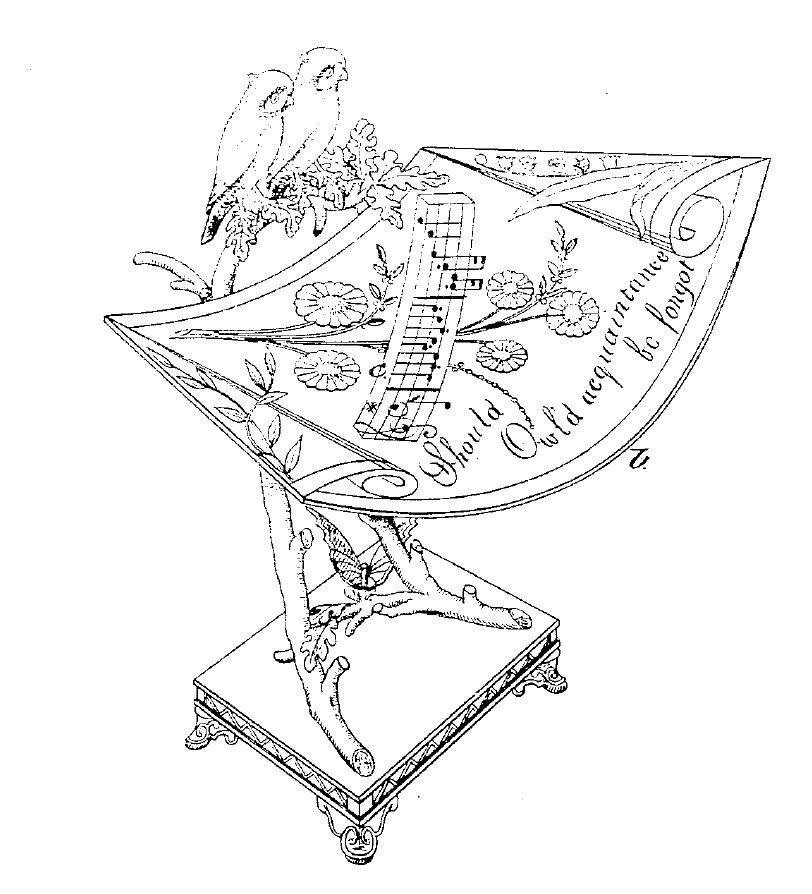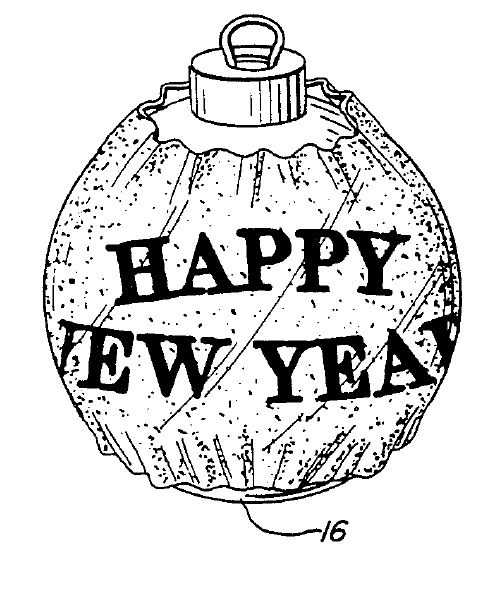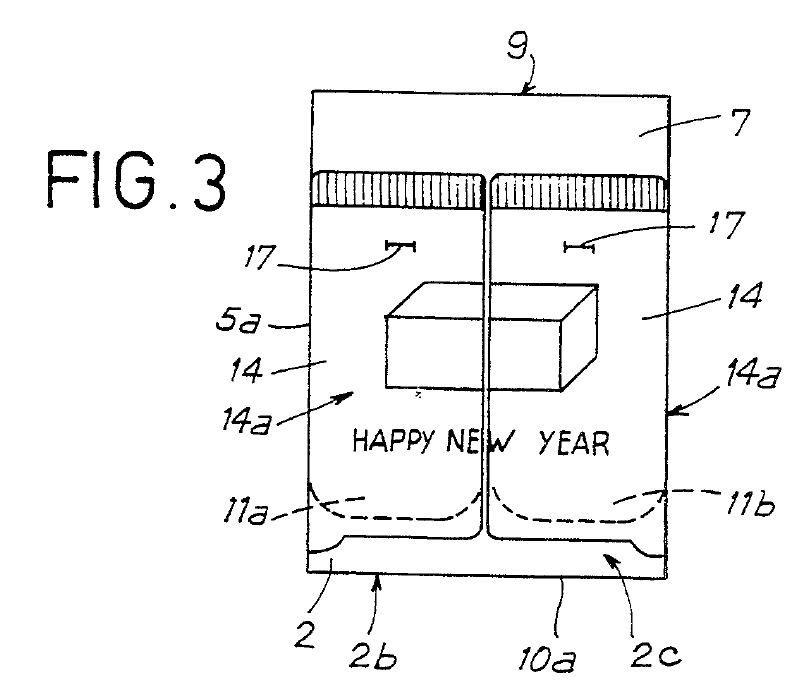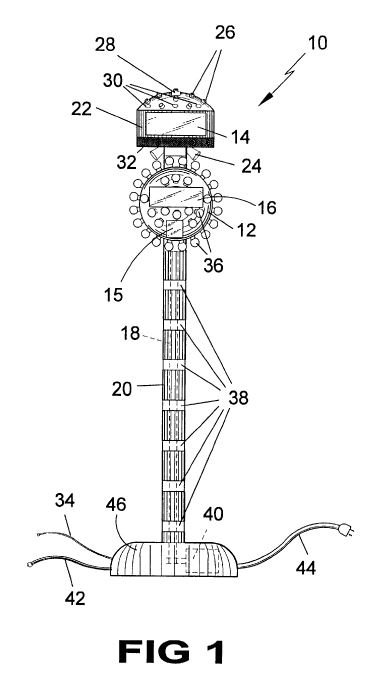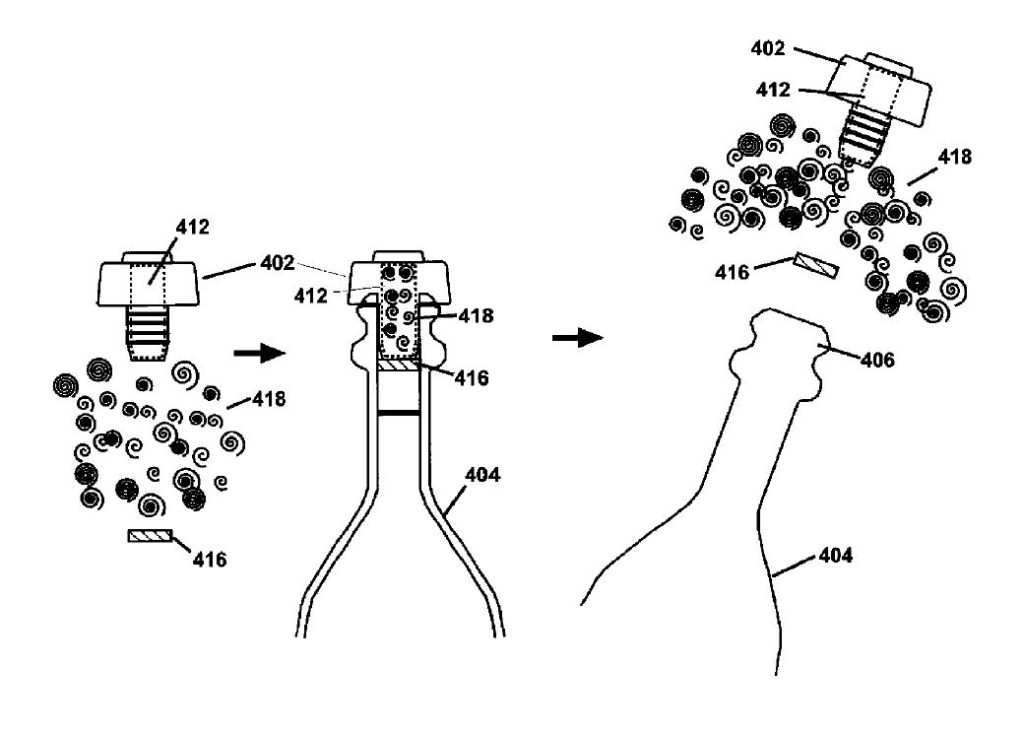An important part of black history is the many inventive contributions of black Americans. The achievements of just a few of them are highlighted below.
George Washington Carver was an African American scientist and educator, famous for many inventions relating to peanuts. He as born into slavery but become one of the most prominent scientists and inventors of his time, as well as a teacher at the Tuskegee Institute. Carver did not patent most of his inventions, but did receive three patents, including U.S. Patent No. 1,522,176 on a Cosmetic and Process for Making Same, and U.S. Patent No. 1,632,236 on Process of Producing Paints and Stains.
Lonnie G. Johnson is a former Air Force/NASA engineer who among other things, invented the Super Soaker water gun, for which he received U.S. Patent No. 5,074,437.
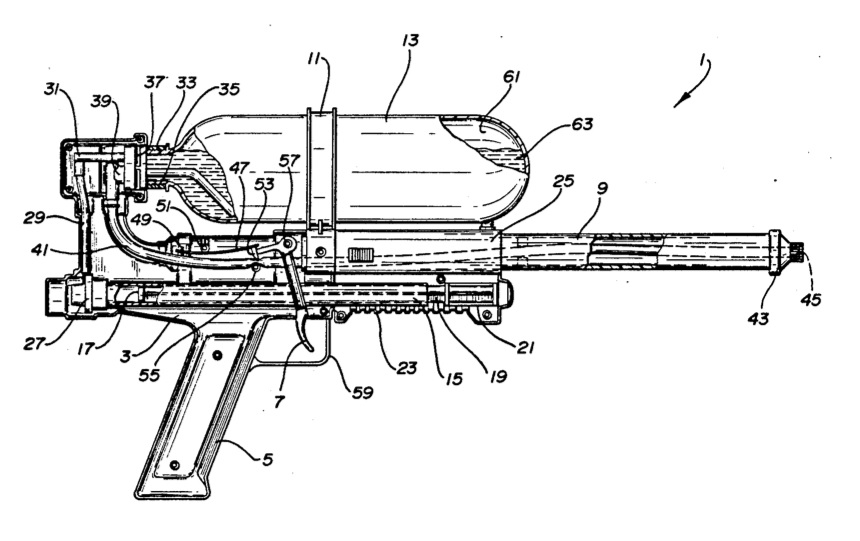
Johnson’s other patents include U.S. Patent No. 5,982,144 on Rechargeable Battery Power Supply Overcharge Protection Circuit; U.S. Patent Nos. 6,000,386 and 6,003,503 on Toy Gun with Fluid Pulsator; U.S. Patent No. 6,099,266 on Air Pump; U.S. Patent No. 6,180,281 on Composite Separator and Electrode; U.S. Patent No. 6,220,237 on Compressed Air Toy Gun; U.S. Patent No. 6,223,449 on Apparatus for Extracting Plasticizer; U.S. Patent Nos. 9,266,085 and 9,387,453 on Johnson Ambient-Heat Engine.
Garrett Morgan, the son of a freed slave, started out as a sewing-machine mechanic, but went to patent several inventions, including a hair-straightening product, a breathing device (U.S. Patent No. 1,113,675), an improved sewing machine and an improved traffic signal (U.S. Patent No. 1,475,074).
Lewis H. Latimer was an patent draftsman and inventor in his own right who worked with Thomas Edison, Alexander Graham Bell, and Hiram Maxim. His greatest invention may be the carbon filament for light bulbs , a vital component of the light bulb (U.S. Patent No. 252,386).
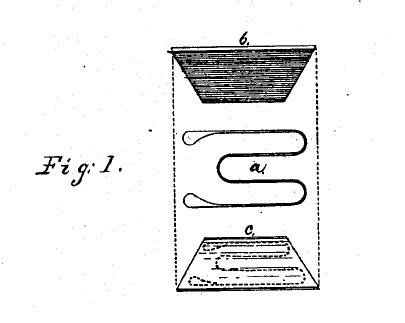
His other inventions included Water-Closets for Railroad-Cars (U.S. Patent No. 147,363); Electric Lamp (U.S. Patent No. 247,097), Globe Supporter for Electric Lamps (U.S. Patent No. 255,212); Apparatus for Cooling and Disinfecting (U.S. Patent No. 334,078); Locking Rack for Hats, Coats, Umbrellas, &c. (U.S. Patent No. 557,076); and Book Supporter (U.S. Patent No. 781,890).
Marie Van Brittan Brown was an African-American inventor, who, motivated by how long it would take the police to arrive in her neighborhood, invented the first form of a home security system. Her U.S. Patent No. 3,482,037 issued in 1969.
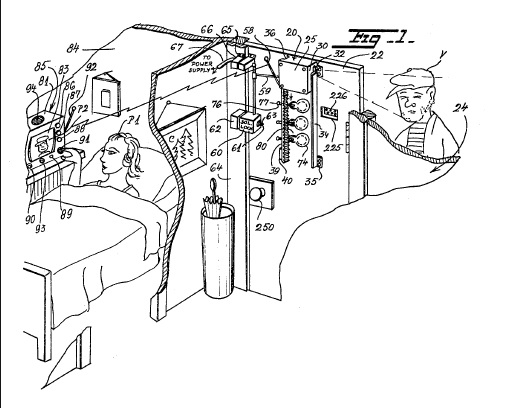
Otis Frank Boykin was an African American engineer and inventor of as many as 27 electronic devices, but he is best known for inventing electronic control devices for guided missiles, IBM computers, and the pacemaker. His other inventions included a Resistor, U.S. Patent 2,634,352 and 2,891,227; Electrical Resistor And Method Of Making The Same, U.S. Patent No. 4,418,009, and 4,561,996; Self Supporting Electrical Resistor Composed Of Glass, Refractory Materials And Noble Metal Oxide (U.S. Patent No. 4,267,074.
Marian R Croak is a Vice President of Engineering at Google. She was previously Senior Vice President of Research and Development at AT&T Labs, where she is credited as a developer of Voice over IP (VoIP) creating most of methods and features that both improved its reliability and ushered in its nearly universal adoption, and more than 125 of her more than 200 U.S. patents cover VoIP.
Her U.S. patents include: 10,295,358, 9,823,087, 9,621,719, 9,360,327, 9,344,322, 9,282,198, 9,224,108, 9,219,820, 9,210,027, 9,137,361, 9,078,023, 9,054,887, 9,014,053, 9,001,987, 8,983,046, 8,954,352, 8,953,763, 8,942,367, 8,934,474, 8,897,436, 8,885,638, 8,867,525, 8,867,524, 8,855,908, 8,837,695, 8,836,752, 8,804,703, 8,804,539, 8,799,976, 8,798,258, 8,793,150, 8,787,551, 8,775,639, 8,755,496, 8,750,479, 8,737,584, 8,737,575, 8,737,381, 8,731,164, 8,730,952, 8,730,941, 8,718,265, 8,711,680, 8,705,518, 8,705,401, 8,699,681, 8,693,665, 8,687,502, 8,682,711, 8,681,633, 8,676,702, 8,675,857, 8,675,638, 8,670,323, 8,667,545, 8,660,903, 8,654,788, 8,654,670, 8,644,296, 8,638,656, 8,625,770, 8,625,754, 8,625,578, 8,615,004, 8,615,003, 8,614,959, 8,612,512, 8,611,258, 8,600,009, 8,594,128, 8,593,939, 8,588,216, 8,588,083, 8,582,590, 8,576,832, 8,570,906, 8,565,409, 8,553,863, 8,549,156, 8,538,005, 8,532,088, 8,520,816, 8,520,811, 8,515,045, 8,457,108, 8,437,337, 8,437,246, 8,411,668, 8,379,817, 8,369,230, 8,358,770, 8,358,760, 8,355,314, 8,340,261, 8,307,091, 8,306,190, 8,295,461, 8,284,679, 8,279,856, 8,275,828, 8,265,256, 8,259,608, 8,254,540, 8,243,912, 8,238,353, 8,213,584, 8,199,744, 8,199,742, 8,184,792, 8,184,548, 8,155,295, 8,150,009, 8,130,934, 8,130,932, 8,130,923, 8,107,459, 8,098,803, 8,098,281, 8,094,568, 8,072,968, 8,072,881, 8,064,452, 8,064,438, 8,059,645, 8,018,835, 7,995,739, 7,995,709, 7,995,486, 7,995,464, 7,983,404, 7,978,601, 7,974,292, 7,965,700, 7,958,561, 7,948,965, 7,933,213, 7,925,503, 7,924,814, 7,912,039, 7,903,798, 7,899,159, 7,881,294, 7,881,289, 7,852,991, 7,852,832, 7,843,964, 7,843,841, 7,839,992, 7,801,115, 7,801,114, 7,797,459, 7,792,269, 7,783,024, 7,778,402, 7,773,734, 7,760,861, 7,756,254, 7,756,024, 7,746,771, 7,738,641, 7,738,446, 7,734,024, 7,734,022, 7,734,021, 7,733,850, 7,733,847, 7,715,548, 7,715,412, 7,715,368, 7,668,714, 7,664,252, 7,664,241, 7,664,237, 7,664,106, 7,664,101, 7,664,099, 7,664,039, 7,664,038, 7,664,033, 7,639,793, 7,639,790, 7,627,106, 7,626,980, 7,626,941, 7,623,647, 7,613,113, 7,609,830, 7,602,900, 7,602,887, 7,599,359, 7,599,357, 7,593,520, 7,593,343, 7,593,325, 7,583,794, 7,583,660, 7,580,792, 7,555,113, 7,532,579, 7,522,717, 7,468,984, 7,450,502, 7,447,160, 7,447,159, 7,440,445, 7,417,984, 7,415,010, 7,411,942, 7,369,506, 7,231,210, 7,224,773, 5,987,508.

